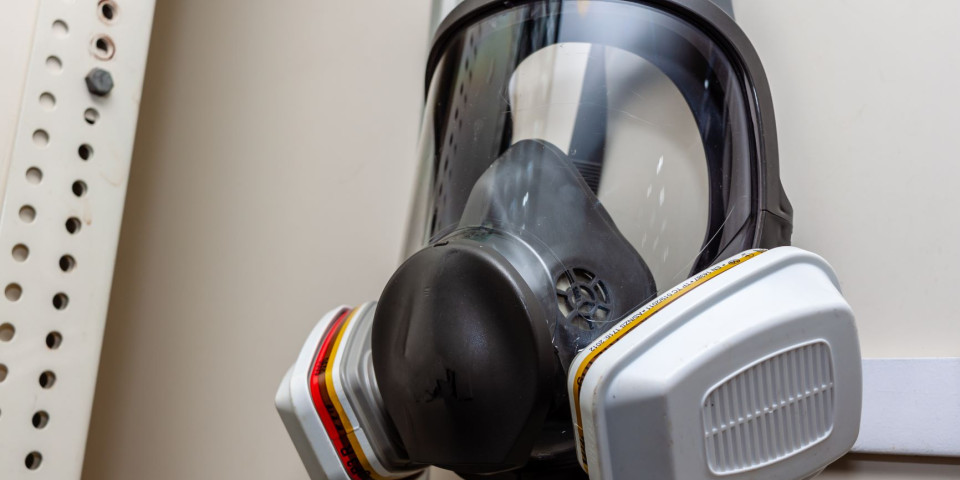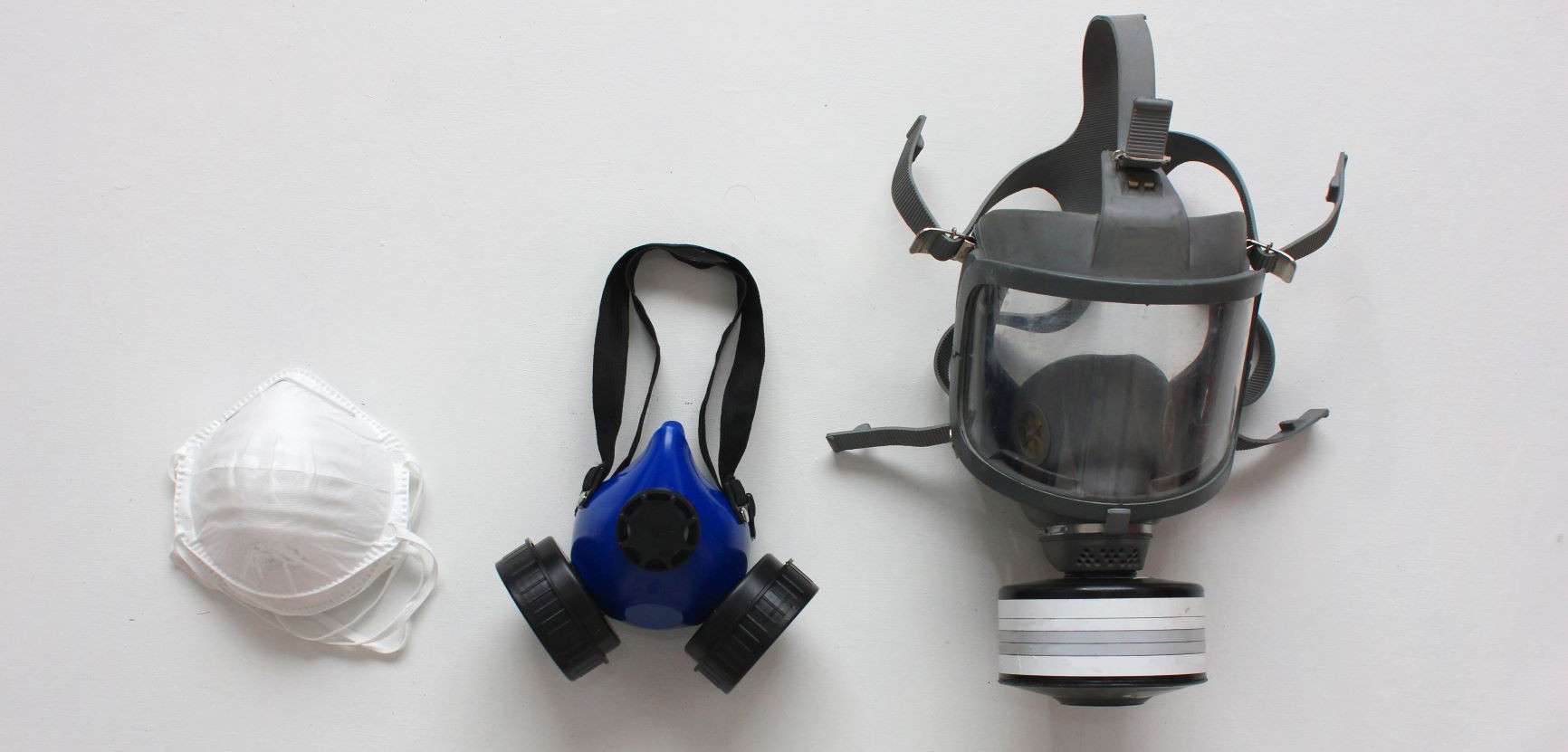Latest News
ESS Guide to Quantitative Face Fit Testing
Posted on Friday, 12th February 2021

With the number of different options available, it can be difficult to know which face fit testing method is right for your equipment. In today’s blog, we take an in-depth look at quantitative face fit testing, when it should be used, and how it’s different from the other methods out there.
What is face fit testing?
Face fit testing is an essential part of ensuring the safety of workers who have the potential to come into contact with harmful airborne hazards. It checks that the respiratory protection equipment (RPE) being used is functioning correctly and fully protecting the wearer.
Fit testing is the only way to ensure tight-fitting masks fit securely to the wearer's face, forming a complete seal which prevents any hazards getting through to the wearer’s respiratory system. These checks ensure that any RPE being used is fully protecting the respiratory system of the wearer, and is working to the necessary specifications.
Any gap, no matter how small, could be enough to allow harmful and life-threatening airborne hazards to be inhaled by the worker. Testing is essential to ensuring the effectiveness of the RPE being used.
 What is quantitative fit testing?
What is quantitative fit testing?
Quantitative face fit testing (QNFT) is a specific method of face fit testing. This method utilises quantitative face fit testing machines to record a numerical measurement of the amount of particles that make it into the wearer's breathing zone while they are wearing their mask.
From this measurement, a ‘fit factor’ can be established. Fit factors are simple calculations that establish the effectiveness of the mask's fit and how much protection they provide the wearer.
There are multiple different types of quantitative face fit testing machines available to use when performing this method of testing. At ESS, our expert team of trainers use the TSI Portacount machine for quantitative testing. This is one of the most advanced models on the market, providing quick and easy-to-understand results for the testers.
What is quantitative fit testing required for?
Simply put, if you work around harmful airborne hazards in your line of work, you need to be wearing a fit tested mask that is adequate for the environment. Employers have a legal responsibility to ensure the safety of their workers, and this includes providing fully functioning RPE where it is needed.
The Health and Safety Executive (HSE) states that “pre-use wearer-seal check should be carried out each time a fit-tested facepiece is worn and before entering the hazardous environment.” You can read the HSE’s full guidance via their INDG479 publication.
Is quantitative fit testing better than qualitative?
While both quantitative and qualitative testing help check the seal of tight-fitting masks, they use different methods to achieve this.
Qualitative face fit testing (QLFT) involves the user’s mask being tested by checking whether the wearer can taste a bitter or sweet solution that is applied to the area around the mask. If they can taste the solution, the RPE has failed the test, as it has allowed some particles through to the user’s respiratory system.
While both qualitative and quantitative methods can be used for half face respirator testing, workers who use a full-face mask will need a quantitative test. In this respect, quantitative fit testing is better than qualitative as it can be used on both types of tight-fitting mask.

How long does a face fit test last?
Quantitative testing usually takes 20 minutes to complete once the equipment has been set-up.
It’s integral that participants do not any smoke cigarettes (including e-cigarettes) for at least 60 minutes before the test.
Participants must also be clean shaven, as facial hair can interfere with effectiveness of the seal and allow for hazards to enter the wearer’s respiratory system. If an individual cannot be fully shaven for personal or medical reasons, an alternative means of RPE will need to be found for them.
How often is fit testing required?
After completing QNFT, you will be issued a certificate which is valid for two years. However, this certificate is only valid for that exact make and model of mask. If the user changes the mask they are using, they will need to complete a new test unless the model is exactly the same as the one previously tested on.
A new test will need to be done if the wearer has experienced a major change in their facial shape which may interfere with the seal of the mask. Factors could include facial injuries, significant weight gain/loss, or facial surgery. If in doubt, it's always best to be safe and undergo a new fit test to ensure the safety of the wearer.
Quantitative face fit testing near me
ESS deliver Quantitative Face Fit Testing (QNFT) nationwide. If you are interested, simply visit the course page, and make an online enquiry. Alternatively, you can also book by contacting our team directly, call us on 0115 8970 529, or email info@essentialsiteskills.com. In addition to QNFT, we also can provide Qualitative Face Fit Testing across the UK.
As well as testing, we also provide Face Fit Train the Tester courses. These courses provide participants with the knowledge and practical skills needed to conduct face fit tests on their colleagues. This can be more cost and time effective for workplaces which need regular face fit tests. We can provide this training for both the Qualitative and Quantitative methods.
All of our trainers are accredited by Fit2Fit, the leading body for RPE fit testing standards in the UK. Our Train the Tester courses are also approved by Fit2Fit, so you can be sure this training meets the highest safety standards. You can find out more about Fit2Fit, and our Train the Tester courses, in our blog “Fit2Fit: Face Fit Testing & Training with ESS”. You can also read more about how testing is helping the fight against coronavirus in our blog “Face Fit Testing for Covid-19”.


